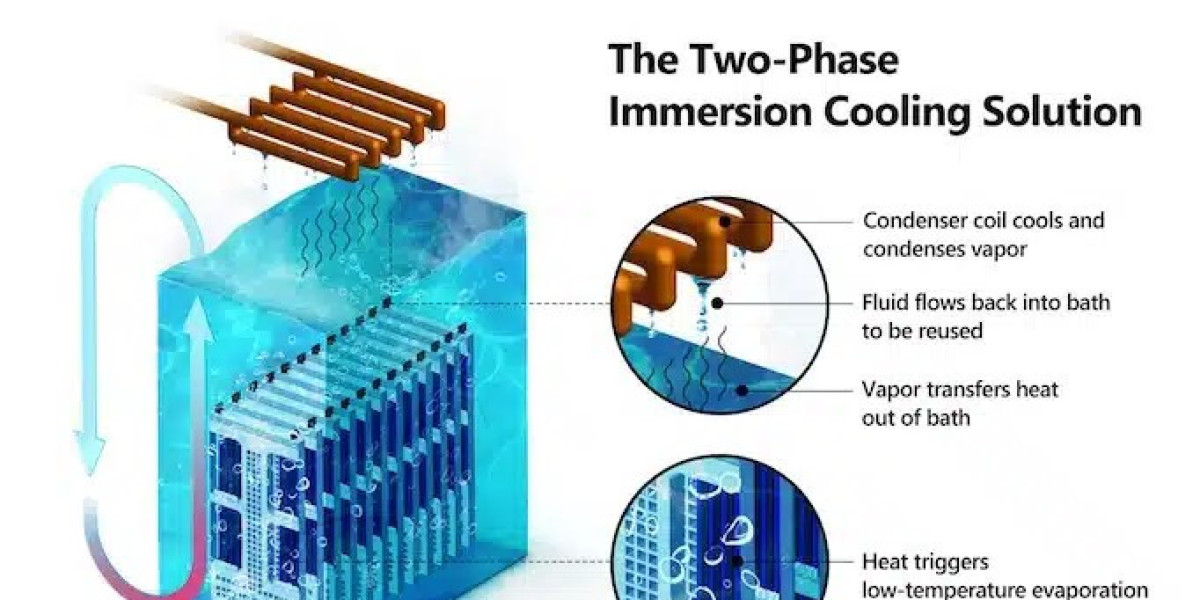In today’s interconnected world, the lines between physical and digital threats have blurred. Businesses and organizations are increasingly realizing the importance of integrating physical security measures with robust cybersecurity protocols. The traditional approach of treating these two domains as separate silos is no longer adequate. Instead, combining physical security guards with cybersecurity strategies creates a layered defense that addresses both tangible and intangible risks. This article explores the benefits and strategies of uniting these critical aspects of modern security.
The Evolving Threat Landscape:
As technology advances, so do the methods employed by malicious actors. Physical breaches, such as unauthorized access to buildings, can lead to digital vulnerabilities if sensitive equipment or data is compromised. Conversely, cyberattacks, like phishing or malware infiltration, can disrupt physical systems, including security cameras, access controls, or even entire operational networks. The convergence of these threats makes it imperative for organizations to adopt a unified approach to security.
Physical security guards play a pivotal role in mitigating risks associated with unauthorized physical access. When their expertise is integrated with cybersecurity measures, the result is a comprehensive security framework that can address multifaceted threats.
The Role of Physical Security Guards in Cybersecurity:
Traditionally, physical security guards focus on maintaining order, preventing theft, and ensuring safety within a facility. However, their role has evolved in the face of modern threats. Security guards can now serve as the first line of defense in a cybersecurity strategy. Here are several ways they contribute to this integration:
Monitoring Hardware Access: Security guards can oversee areas housing critical IT infrastructure, such as server rooms, ensuring only authorized personnel gain entry.
Incident Response Support: In the event of a cyberattack that impacts physical systems, guards can quickly secure affected areas to prevent further damage or tampering.
Human Surveillance in Smart Environments: While automated systems like biometric access controls are essential, guards add a layer of human intuition and adaptability, identifying suspicious behavior that machines may miss.
Collaboration with IT Teams: Security guards, when trained in cybersecurity basics, can report anomalies such as unauthorized devices connected to secure networks or unusual activities around sensitive areas.
Bridging the Gap Between Physical and Digital Security Teams:
One of the primary challenges in merging physical security with cybersecurity is fostering collaboration between these two teams. Often, physical security and IT departments operate independently, leading to potential blind spots in overall security.
To address this, organizations must implement clear communication protocols and shared objectives. Cross-training staff, including guards and IT personnel, ensures that both teams understand the overlap of their responsibilities. For example, guards can be educated on identifying signs of a cyber breach, while IT staff can gain insights into physical vulnerabilities.
Technology can also play a critical role in bridging this gap. Tools like integrated security management platforms allow physical and digital security measures to be monitored and managed through a centralized system. This enables seamless coordination between guards and cybersecurity professionals during incidents.
The Importance of Training and Awareness:
The integration of physical security guards with cybersecurity requires a robust training program. Guards should be equipped with basic knowledge of cybersecurity principles, such as recognizing phishing attempts, securing devices, and understanding the implications of data breaches. Simultaneously, cybersecurity teams should be familiar with physical security protocols, such as visitor management and access control systems.
Regular drills and simulations can help both teams prepare for scenarios that require combined efforts, such as ransomware attacks targeting physical infrastructure or intruders attempting to bypass both physical and digital defenses.
Benefits of an Integrated Security Approach:
Adopting a unified approach to security offers numerous advantages:
Enhanced Situational Awareness: Combining physical observations with digital insights provides a more comprehensive view of potential threats.
Faster Incident Response: Collaboration between physical and cybersecurity teams ensures quicker action during emergencies.
Reduced Vulnerabilities: Addressing the overlap between physical and digital security reduces entry points for malicious actors.
Cost Efficiency: Streamlining security efforts can lower the costs associated with managing separate systems and teams.
A Real-World Example:
Consider a financial institution that integrates physical security with cybersecurity. The institution deploys guards trained in monitoring both physical access and network systems. These guards collaborate with the IT department to secure server rooms, monitor for unusual device connections, and respond to breaches. When a phishing attack compromises a staff member’s credentials, the security team quickly disables physical access for the affected user, preventing further exploitation. This swift action illustrates the benefits of a synchronized approach to security.
Final Thought:
In an era where threats are increasingly sophisticated and intertwined, the integration of physical security guards with cybersecurity measures is no longer optional—it’s essential. By fostering collaboration, investing in training, and leveraging advanced technologies, organizations can create a robust security framework that safeguards both physical assets and digital information. Adopting this holistic strategy ensures that businesses remain resilient against the ever-evolving threat landscape, providing peace of mind for stakeholders and customers alike.








